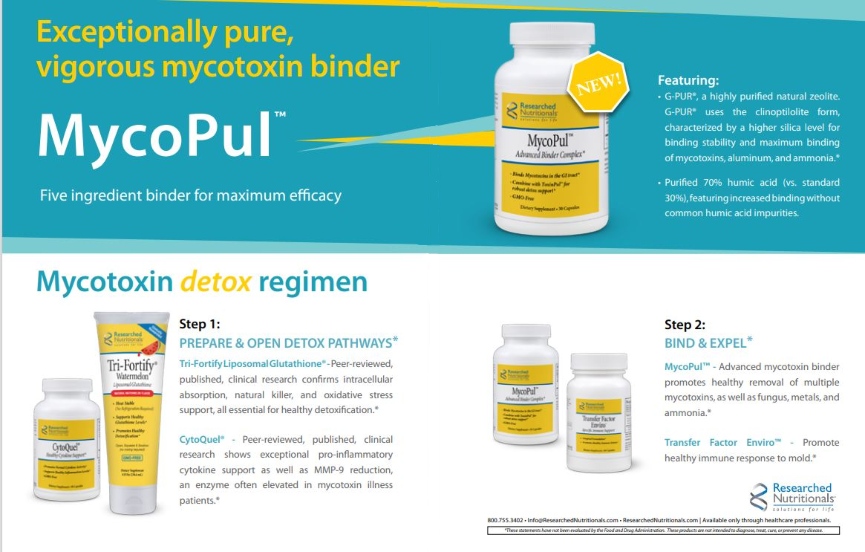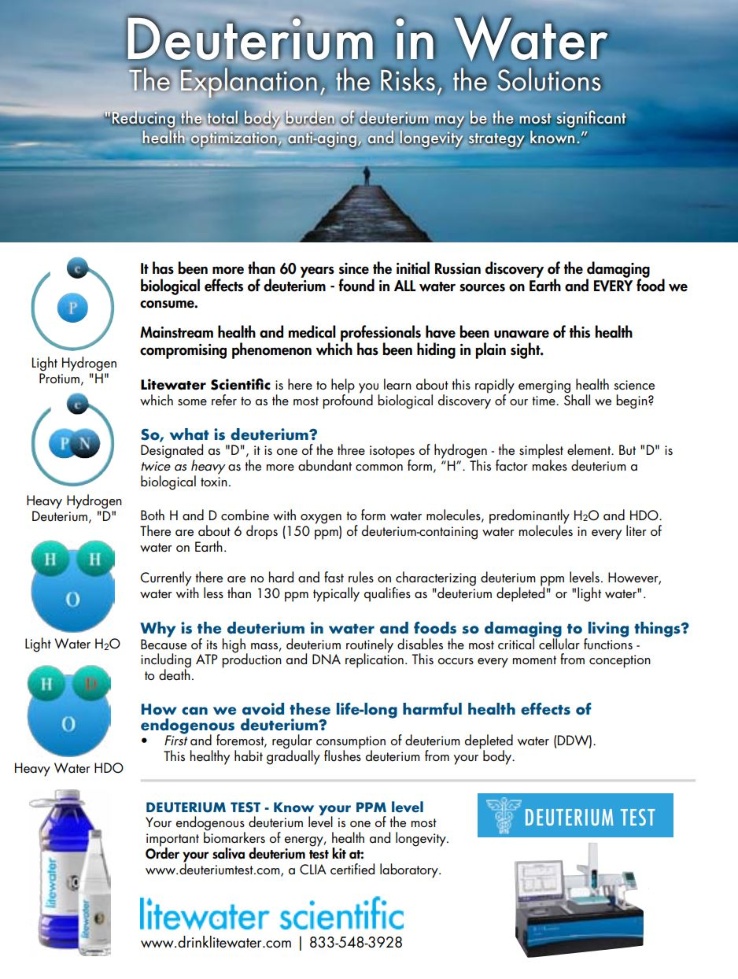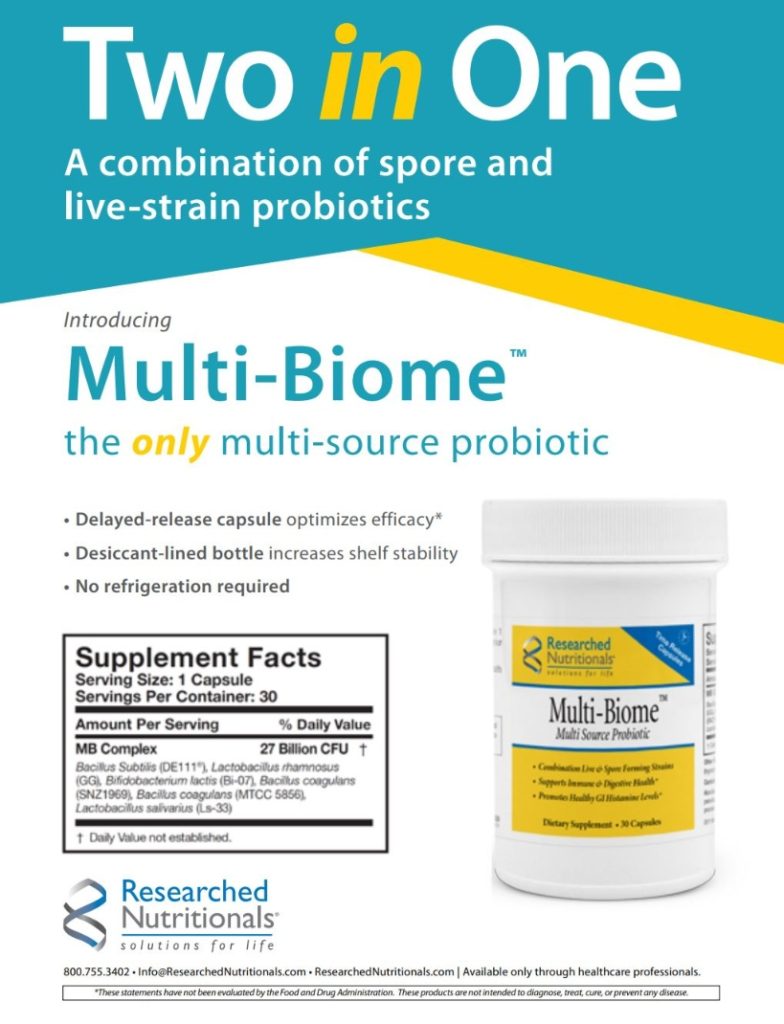
When Are We Going to Stop the Rants About Masking Up?
I was recently sent, by an MD reader, the following email:
Dr. Collin:
A MASK?…SERIOUSLY?!
You should be ashamed.
The first thing that came to mind was Hester Prynne in Nathaniel Hawthorne’s novel, The Scarlet Letter. Having a baby out of wedlock was quite the sin in 1640’s Puritan Massachusetts Bay Colony. Hester devotes much of her life thereafter seeking repentance trying to reestablish her sense of dignity. Assuredly she experienced shame.
Was I guilty of a similar sin? Had I had an affair leaving some bereft woman to take care of a child alone?
I admit that I have had my share of questionable behavior, but I am quite certain that there has been no such scandalous misdeed.
So, what is it that I should be ashamed of? For abiding by recommendations subscribed to by all public health authorities in the US and internationally? While mask wearing is hardly foolproof in preventing, acquiring, or spreading infection, it is a reasonable mandate for a pandemic. The idea that being required to wear a mask infringes on one’s personal rights is an absurdity. We are required to come to a stop at a red light, pay sales tax when we purchase an item, desist from punching someone when we are offended. No one complains about these restraints.

Why is there such a hang-up about wearing a mask?
Yes, mask wearing is uncomfortable. That is about the sum of it: it’s uncomfortable. All the rigmarole that it is harmful is largely bunk.
Early in March there was a small public demonstration of individuals huddled around a fire made in a large metal barrel gleefully burning their masks in front of the Idaho state capitol. Is this supposed to be comparable to burning the flag or burning books?
My question is why are some alternative practitioners so anti-establishment that they would decry those of us who mask as shameful? Our practices already extend beyond standard of care. Let’s not position ourselves against common sense public health policy.
Ivermectin in the Prophylaxis and Treatment of COVID-19
Dr. Pierre Kory, MD, of the Frontline COVID-19 Critical Care Alliance together with nine other US and international physicians have reviewed the emerging evidence demonstrating the efficacy of ivermectin in the prophylaxis and treatment of COVID-19.1 Multiple studies completed here and abroad have affirmed ivermectin’s role in prevention as well as treatment of mild, moderate, and severe disease. A particularly striking study carried out last year in Peru revealed that widespread distribution of ivermectin in multiple locales dramatically reduced incidence, hospitalization, and death rate compared to within Lima where ivermectin was not distributed. While all drugs pose risk of adverse effects, ivermectin’s risk profile is relatively low. The current conventional medical approach to early infection in the US is essentially no treatment except for usual supportive care for viral infection. The FLCCC Alliance protocol for prophylaxis and early disease includes the use of vitamin D3, vitamin C, zinc, melatonin, and quercetin. The addition of ivermectin to use on Day 1, Day 3, and then one dose every two weeks would provide a strong shield against developing severe symptomatic disease. Of course, this protocol does not have the consent of the CDC and is not considered standard of care. Nevertheless, it would seem much more prudent to initiate such a protocol rather than waiting for severe disease symptoms to manifest.
A recently published randomized study in Colombia on the effect of ivermectin on mild COVID-19 published in JAMA, however, failed to demonstrate a significant benefit of ivermectin compared to placebo.2 There was a non-significant reduction in time of return to asymptomatic status using ivermectin compared to placebo of two days. The authors note that the study population were generally younger individuals with few co-morbidities. This led to a relatively low rate of symptomatic deterioration of 3% in both treatment and placebo groups. Would the outcome have been different if older individuals with co-morbidities were studied instead?
Not the Season of the Flu
In my locale there have been zero deaths attributed to the flu this winter. Flu case numbers are down across the US. So, what happened to the flu? Assuredly the flu virus did not disappear. While some speculate that flu vaccinations really worked this season, it would be unreasonable to assume that the flu vaccine was more effective this year than the past.
Of course, COVID-19 case numbers exploded over the winter. For those who had mild to moderate symptomatic COVID-19, the illness resembled the seasonal flu. The one exception being that in some cases people temporarily lost their sense of smell, not a typical flu symptom.
So, how to explain the absence of the flu? Does the SARS-CoV-2 virus competitively inhibit an infection by the flu virus—does the COVID-19 virus prevent flu virus entry into our cells? After experiencing COVID-19 has one’s immunity against flu virus been maximized to fend off flu infection?
Nobody has a good answer as to why the flu numbers are down—but its absence gives us something to cheer about in this season of misery.
Dr. McDaniel Has Something to Add to Your Knowledge About Hypothyroidism
Like many other doctors practicing integrative and functional medicine, Dr. Alan McDaniel trained and practiced conventional medicine and surgery for much of his career. A graduate of Tulane, he trained in general surgery and emergency medicine before becoming board-certified in otolaryngology. He has sub-specialties in neurology and allergy. McDaniel has lectured at many professional societies, including the American Academy of Environmental Medicine where he has presented his two-day course on the “New Endocrinology.” He authored the December 2016 cover story of the Townsend Letter: “The Clinical Importance of 5-Alpha-Reductase in Human Health and Pathology.”3
Here are four pearls Dr. McDaniel would like to offer for those treating hypothyroidism. First, thyroid prescriptions should be divided into two doses separated by 12 hours. Second, when measuring thyroid blood levels, the ideal time to draw blood is mid-way between the time of the am and pm dose of hormone treatment. Third, the best determination of how well the thyroid is functioning is not determined by TSH, free T4, or free T3. Instead, Dr. McDaniel asks us to measure the total T3 to “reverse” T3 ratio; if the ratio is low, the patient’s thyroid treatment is inadequate. Fourth, in contrast to standard endocrinologist thinking, many individuals will require T3 hormone treatment in addition to T4 hormone to achieve best outcomes.
While most of us are already on board with using both T3 and T4 combination therapy, dividing thyroid treatment to every 12 hours and using total T3/reverse T3 ratio to guide our treatment are novel approaches to thyroid care. Dr. McDaniel’s work is extensive and will be divided into three parts—read part 1 in this issue.
Cover: Dr. Marianne Marchese Considers Whether Chemicals are Making Us Fat
Townsend Letter readers are familiar with Dr. Marianne Marchese’s column, “Environmental Medicine Update.” Dr. Marchese graduated from Creighton University in 1990, training as an occupational therapist; she treated neurological and orthopedic patients for over 12 years. In 2002 she graduated from the National University of Naturopathic Medicine, acquiring her ND degree and then completed a two-year residency in integrative medicine. She is the author of the book, 8 Weeks to Women’s Wellness. Marchese has been named as a Top Doctor by Phoenix Magazine for four years.
In this issue Marianne makes the argument that environmental chemicals contribute significantly to obesity. Marchese labels the chemicals “obesogenic toxicants.” The chief chemicals implicated in making us fat are bisphenol A (BPA), phthalates, polybrominated diphenyl ethers (PBDEs), polyfluoroalkyl chemicals (PFCs), organochlorine (OC) pesticides, and polychlorinated biphenyls (PCBs). The toxicants alter our glucose and lipid metabolism, modify our thyroid and sex hormones, interfere with the signaling proteins controlling leptins and related neuropeptides, and disrupt adipocyte cell metabolism.
Also, in this issue, Dr. Michelle Perro, MD, who writes the “Pediatric Pearls” column, tackles this same topic in kids; she also contends that chemicals are to blame for much of the obesity in children. Perro’s list of endocrine-disrupting chemicals (EDCs) is extensive and deserves study. Both Marchese and Perro provide case studies for treatment of obesity.
When we treat obesity and metabolic syndrome, we need to move beyond calories and activity and begin to examine the patient’s consumption of toxicants and endocrine-disrupting chemicals.
References
1. Kory P, et al. Review of the emerging evidence demonstrating the efficacy of ivermectin in the prophylaxis and treatment of COVID-19. Published on-line only: https://covid19criticalcare.com/wp-content/uploads/2020/11/FLCCC-Ivermectin-in-the-prophylaxis-and-treatment-of-COVID-19.pdf
2. Lopez-Medina E, et al. Effect of ivermectin on time to resolution of symptoms among adults with mild COVID-19. A randomized clinical trial. JAMA. Published on-line March 4, 2021 doi:10.1001/jama.2021.3071
3. McDaniel A., The Clinical Importance of 5-Alpha-Reductase in Human Health and Pathology. Townsend Letter. Dec. 2016: 401, 53-61.







